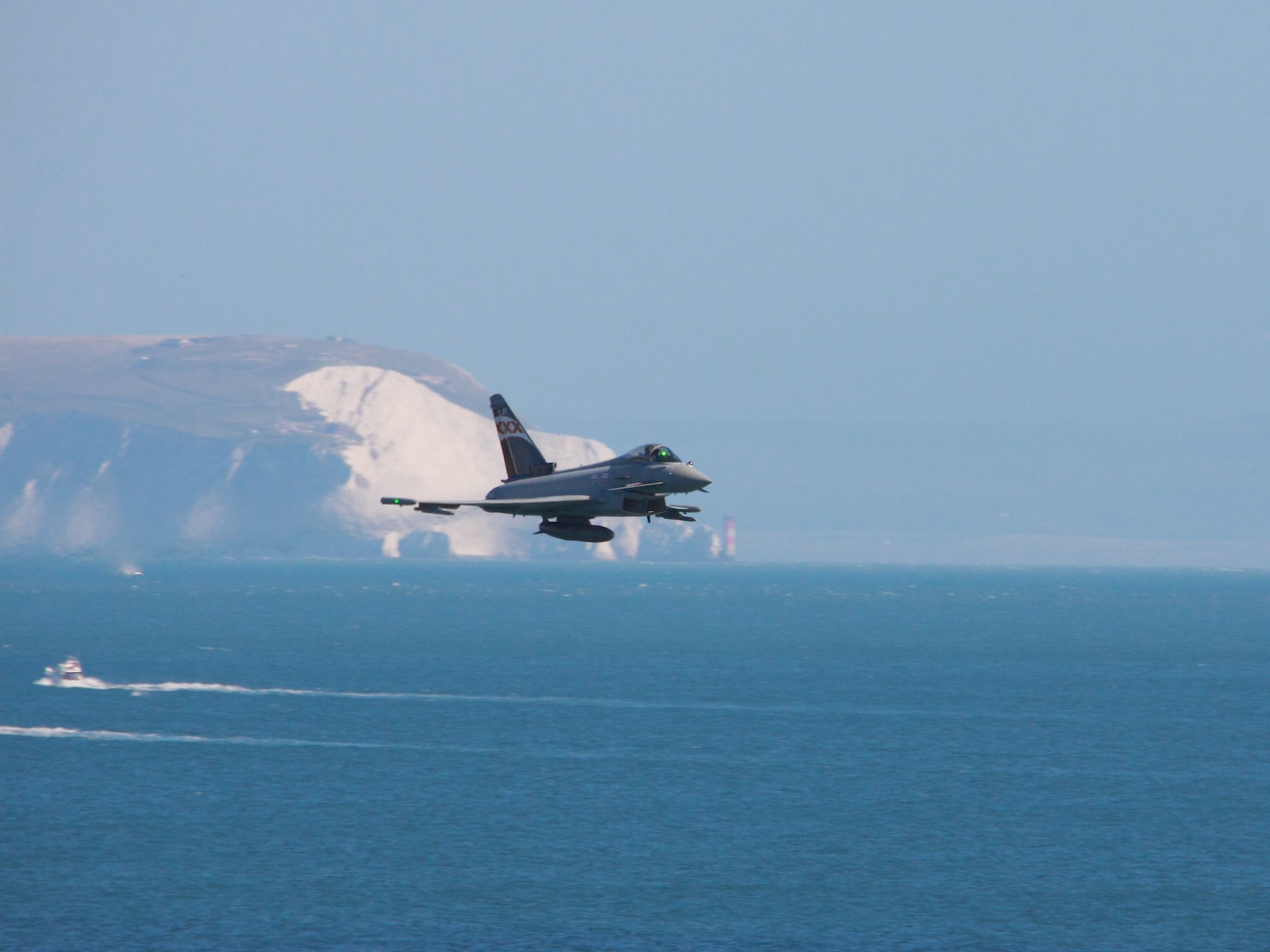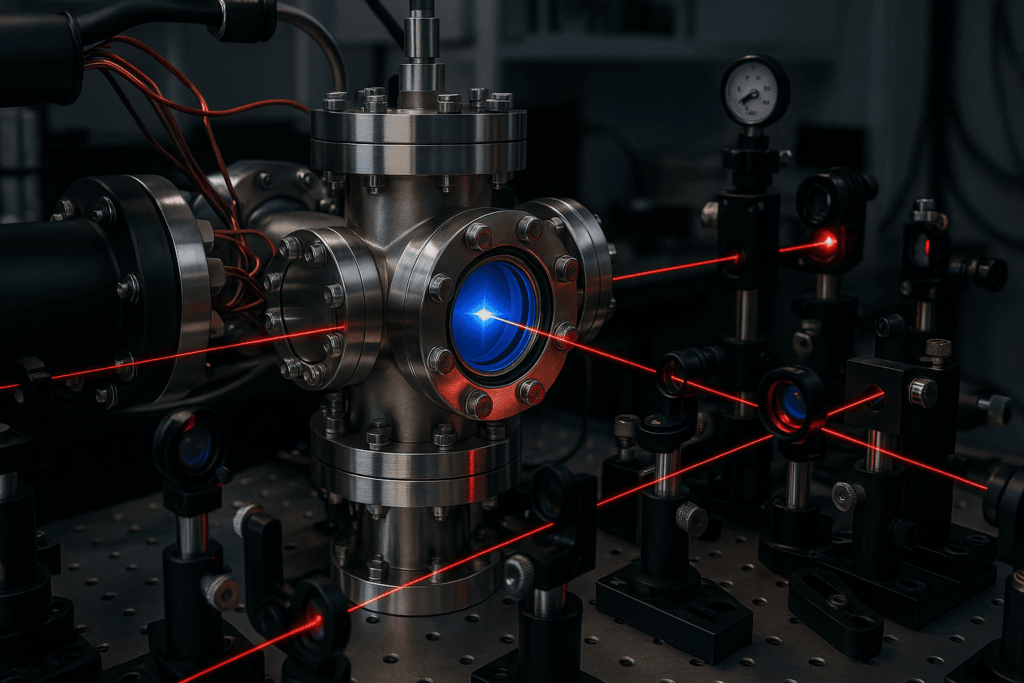Insider Brief
- UK’s Minister of State for the Armed Forces James Heappey said aircraft designers must be prepared for quantum computing to become practical.
- Innovation is happening at an ever swifter pace, the minister told the group.
- Heappey gave the keynote address at the Global Air Chiefs Conference.
In his keynote address at the Global Air Chiefs Conference in London, James Heappey, the UK’s Minister of State for the Armed Forces, emphasized the need for Western nations to design next-generation aircraft with the ability to incorporate quantum computing once it becomes a practical reality, as reported in Breaking Defense.
While acknowledging that military applications of quantum computing are still in the theoretical stages, Heappey urged nations to plan for its incorporation into future aircraft designs.
Heappey told the audience, “All of them will be in service when quantum computing arrives so we have to be able to buy aircraft, design aircraft, where the moment that those computers are good to go, you can rip out whatever’s in there and chuck in the quantum computer because I think that this is a ‘tank versus cavalry,’ ‘machine guns versus humans’ moment.” He highlighted the potential of quantum computing to unlock the full potential of AI automation, calling the “arrival of quantum” a “really big threshold.”

Quantum computing holds significant implications for national security applications, including decrypting traditional encryption quickly and developing ultra-precise sensors and navigation systems. While the technology has been explored by the US government and others for years, its practical applications and readiness remain uncertain, according to Breaking Defense.
Heappey stressed that quantum computing would fundamentally transform warfare, enabling armed forces to process vast amounts of data and navigate the complexities of the battlespace in ways currently constrained by human judgment.
He said, “Quantum computing will be working at a speed we can’t imagine. It will enormously change what our armed forces can do, and we’ve got to be ready to spiral onto our machines when that moment comes.”
Quantum sensing also offers a range of new capabilities for military aircraft, including satellite-free navigation that could be impervious to jamming.
The minister emphasized the need for speed in integrating quantum capabilities, highlighting the importance of a collaborative relationship between the military, industry, and scientific communities. Heappey stated that successful implementation of quantum technology would require a “whole new relationship” between these stakeholders.
As the development of quantum computing progresses, Heappey’s call to design aircraft with future quantum integration highlights the imperative for nations to anticipate and adapt to emerging technologies. By planning for quantum computing’s arrival, Western nations aim to ensure their armed forces can leverage this transformative technology effectively, enabling them to maintain a competitive edge in future conflicts.
Blazing Innovation Cycle
Heappey told the group that innovation is shaping the battlefield almost in real-time. This will have a dramatic effect on how designers built and alter systetms.
“In the past, you could go into the pavilions at Farnborough Air Show or Fairford and you could be shown a plane, and you could have some confidence that in the life of that plane, it would start off being ahead of its time,” he said. “And in the middle third of its service, it would be of its time. And in the rear third of its service, it would still be competitive with most other air forces and all would be fine. But the pace of innovation is now such that within the first third of the service of most of the platforms that we will procure, technology will pass them by.”
A watchful eye on adversaries and establishing good relations with industry are two ways military planners can keep pace with this change, Heappey added.
“And so I think we have to force ourselves to get into this place where we take intelligence about what our adversaries are doing,” Heappey said. “And within industry, we have to be speaking to industry about how they would innovate with that intelligence and that science. And then we have to apply military cunning to how we intend to use that system and that spiral loop of intelligence, science, innovation, and military cunning. I actually think that’s the battle winning edge of the future.”
If you found this article to be informative, you can explore more current quantum news here, exclusives, interviews, and podcasts.
















